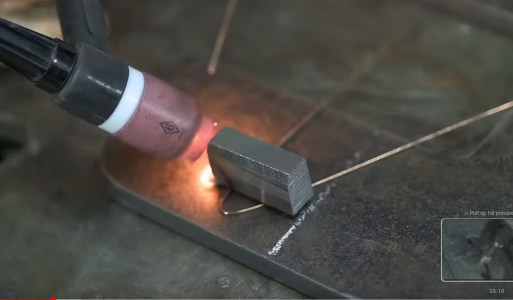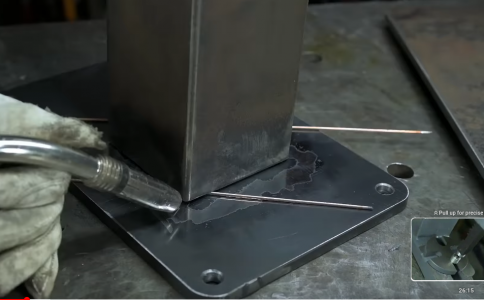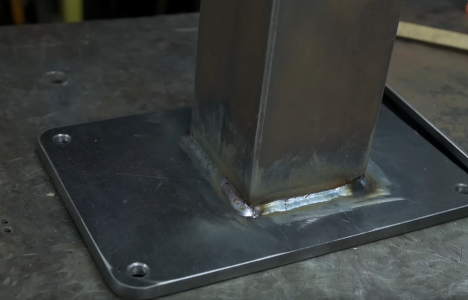- Joined
- May 27, 2016
- Messages
- 3,469
This Old Tony posted a new video on YT about things he did for his arbor press. At one stage, he sets up a deliberate gap, using welding rod.
What is is primary motivation for adopting this technique. What are the advantages?
 -
- 
After the usual tack welds, he then completes all the way around.

The actual video is here ->
What is is primary motivation for adopting this technique. What are the advantages?
 -
- 
After the usual tack welds, he then completes all the way around.

The actual video is here ->

